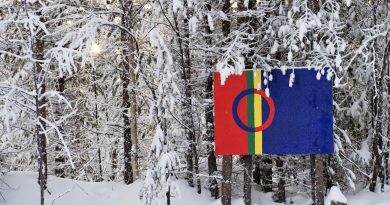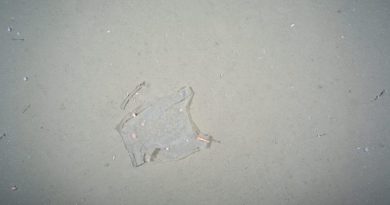Northwestern Canada: How a changing Yukon River is reshaping an age-old ice bridge
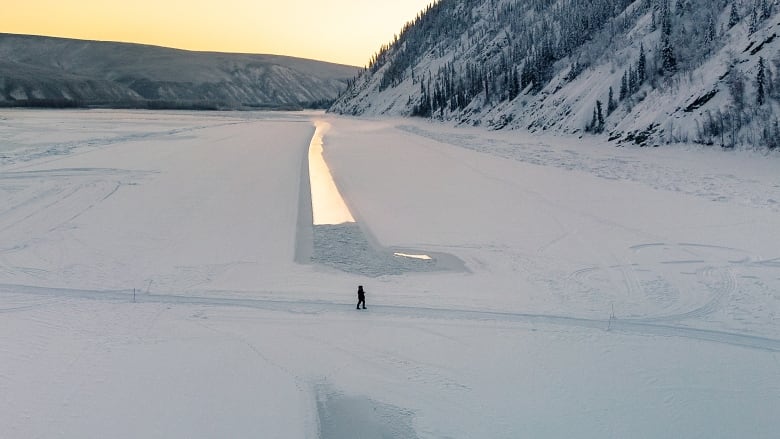
The residents of Dawson City, in northwestern Canada, have an intimate relationship with the Yukon River.
It’s why settlers first came here, on the confluence where the Klondike River runs into the mightier Yukon, drawn by the allure of the gold rush in the 19th century.
During the winter, when the river freezes, it serves as a crucial ice bridge between Dawson City, home to nearly 1,400 people, and West Dawson, a smaller community of about 200 on the other side.
In the summer, a small government ferry helps residents cross the river — about a 90-metre trip either way. In the winter, they cross using an official, government-sanctioned ice bridge that spans the ferry crossing.
But the river hasn’t been freezing like it once did.
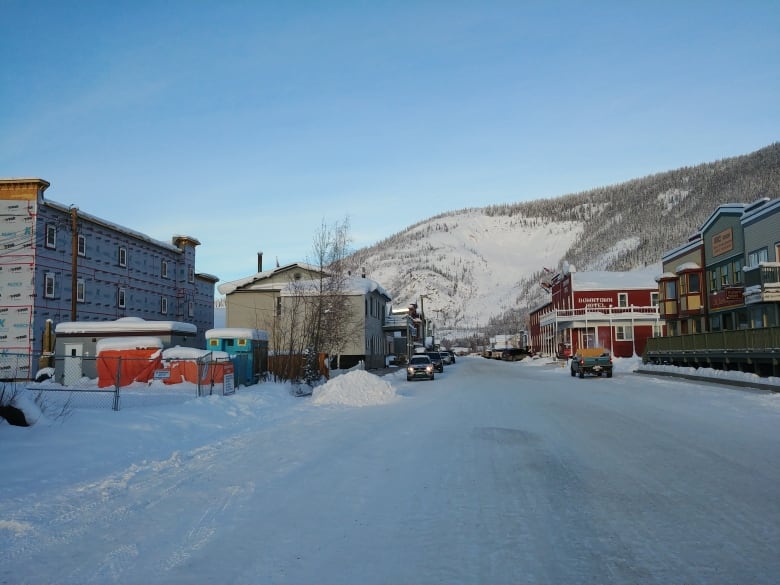
For the past three winters, there hasn’t been enough ice at the location where the bridge is normally built and maintained, meaning there is no official crossing between the two communities for months at a time.
“It’s warmer now in the territory than it’s ever been, and we’re not seeing the ice develop the way it normally did,” said Richard Mostyn, Yukon’s transport minister.
‘The ice isn’t nearly as thick as it used to be’
In 2018, the Yukon government commissioned a report by the National Research Council of Canada (NRCC) to figure out how to deal with the failing ice bridge. It found that the number of days the ice bridge was in operation decreased by an average 1.75 days per year from 1995 to 2016.
The lack of a stable crossing is threatening to cut off West Dawson from the rest of the town, Mostyn said.
“In the past, the citizens of West Dawson have had periods of time when they couldn’t get to the city proper…. It’s a seasonal road — they’ve had to contend with isolation. Now that isolation is stretching out through the whole winter.”
West Dawson is nearly devoid of infrastructure. Small cabins dot the region’s poplar forests and generators hum alone in the trees. There are no services to speak of, like water, sewage or electricity, and without a government-sanctioned ice bridge, emergency vehicles, like ambulances or fire trucks, won’t cross over.
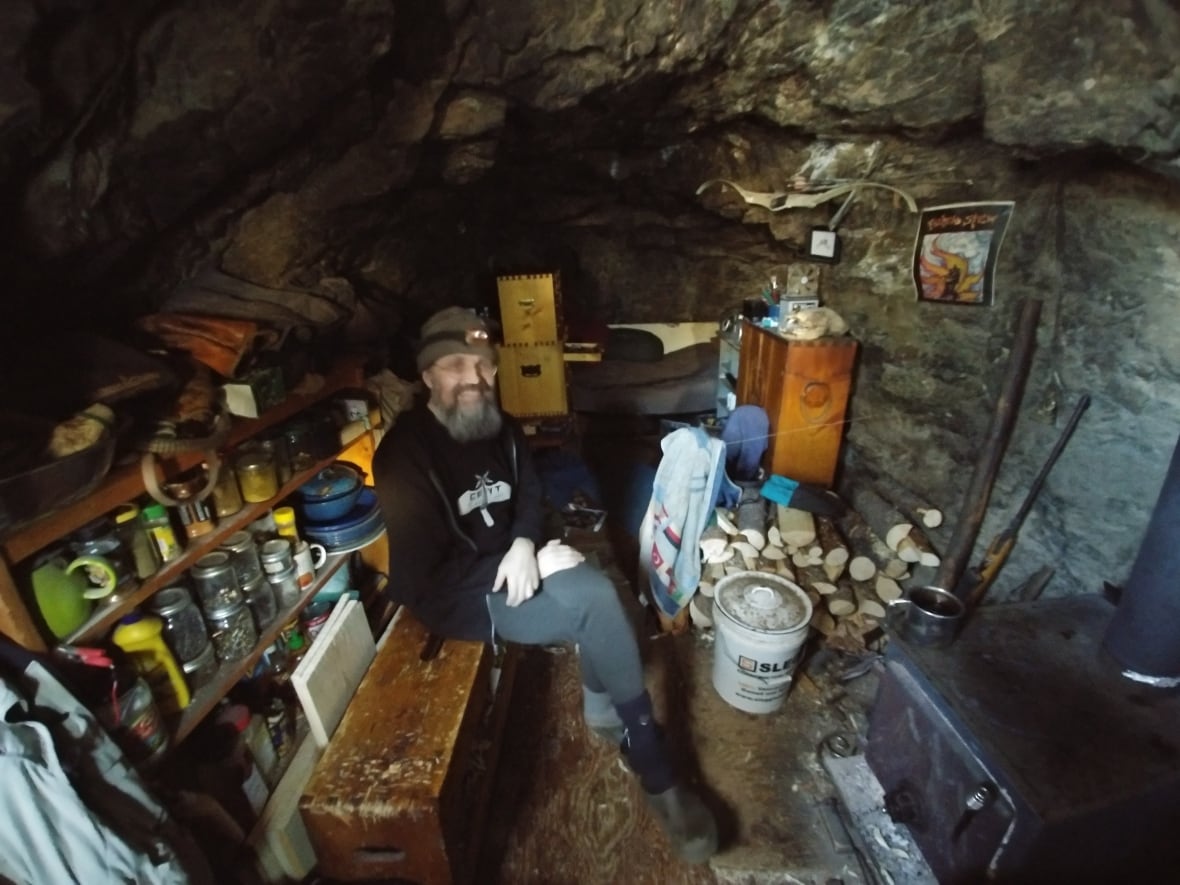
Bill Donaldson — known locally as Caveman Bill — lives in West Dawson, in a cave not far from the water’s edge.
“It’s definitely getting warmer, so the ice isn’t nearly as thick as it used to be,” he said.
Donaldson said it’s taking far less time for the sheer volume of ice to move down the river, past the town.
“[In] ’96, when I first came here, we would get between 60 and 100 hours of good, solid ice flow going by town. Last year, we had 10 or 15 hours,” he said.
Residents improvise
The government has tried several methods in a bid to make the river freeze at the designated crossing, from installing booms across the river, to dousing the area with a high-pressure slush cannon.
But in the last three years, none of the attempts have worked, with each costing the government upward of $100,000.
The Dawson ice bridge project has been suspended.
Unseasonably warm weather impeded and then slowed our efforts to freeze the 90-metre gap of open river.
We will have more information over the coming days. #ficklemistress #climatechange #DawsonCity— Richard Mostyn (@yukonrpmostyn) January 23, 2018
Meanwhile, the residents of West Dawson are taking matters into their own hands, creating their own routes that allow them to access basic supplies, like food and fuel.
This past winter, they cut off massive slabs of ice with chainsaws, letting them settle into place upstream in order to form an ice bridge of their own. Last year, they ran some rope and a tree across the river to induce a freeze.
Mostyn is emphatic when he says the improvised bridges are not government-approved.
“There’s no way we can be sure it’s safe,” he warned. “So every time you make that crossing, you’re taking your life in your hands.”
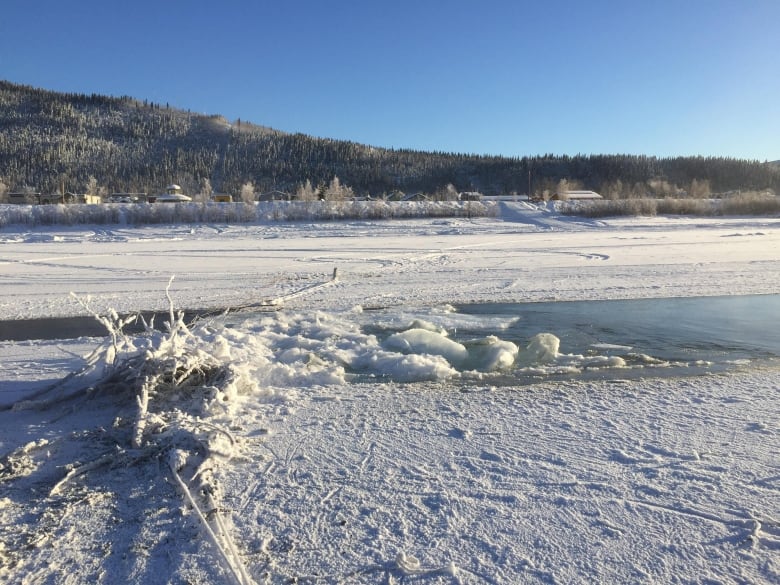
The location of the sanctioned crossing can’t be easily changed, either: It connects the Klondike Highway to the Top of the World Highway, which leads to Alaska.
The location was also agreed upon in an informal agreement between the Yukon government, Dawson City, the nearby Tr’ondëk Hwëch’in First Nation and the State of Alaska.
The ‘fake-up’
Dawson City’s residents know that the river’s behaviour is changing on a granular, year-by-year level, thanks to an annual betting pool on when the ice breaks up.
Each year, people buy tickets to bet on the date of the breakup. A tripod is then set up on the river ice, with a line connected to a clock located at the nearby cultural centre. When the ice breaks, the tripod moves, stopping the clock and recording the exact minute of the breakup.
Thanks to the betting pool, the dates and times of all 123 breakups since 1896 are recorded.
Most breakups happen in May, but the earliest happened just three years ago: April 23, 2016.
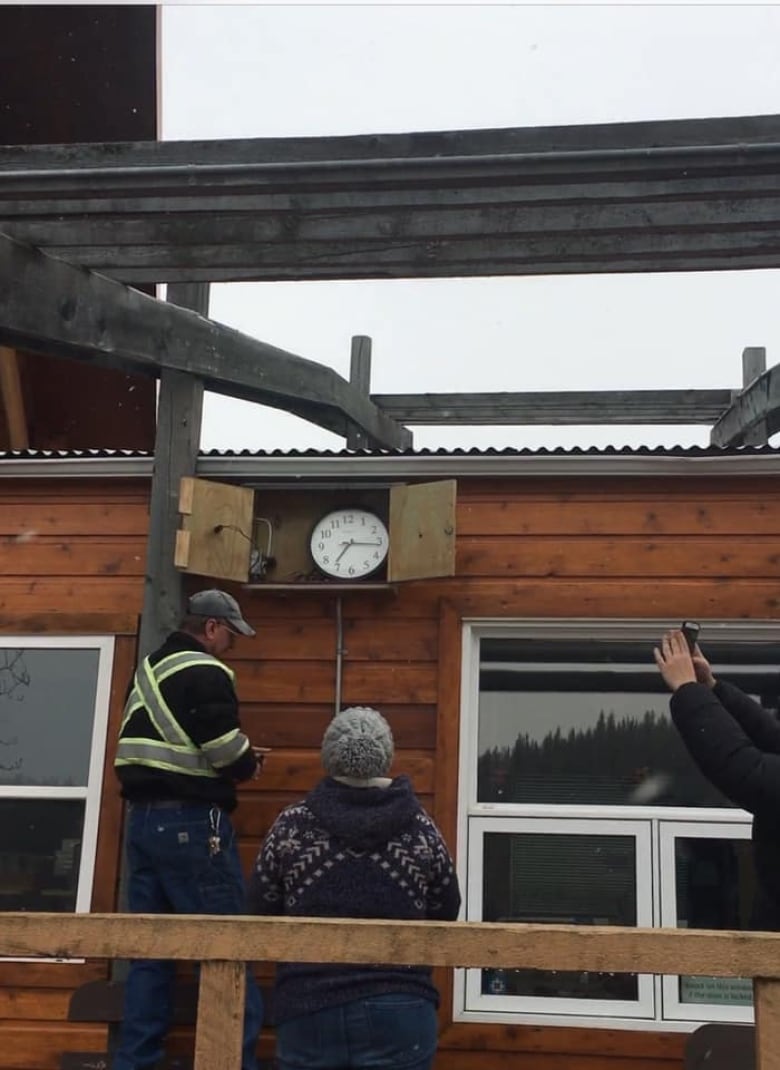
This year, history repeated itself. The ice under the tripod broke at 7:16 p.m. PT on April 23.
Unlike the breakups of yore, when 10-foot-thick chunks of ice would split in two with a crack and a roar, there was less ice to break this year. What ice had formed flowed down the river with a consistency more like slush.
Some residents were underwhelmed, calling it the “fake-up” instead of the breakup.
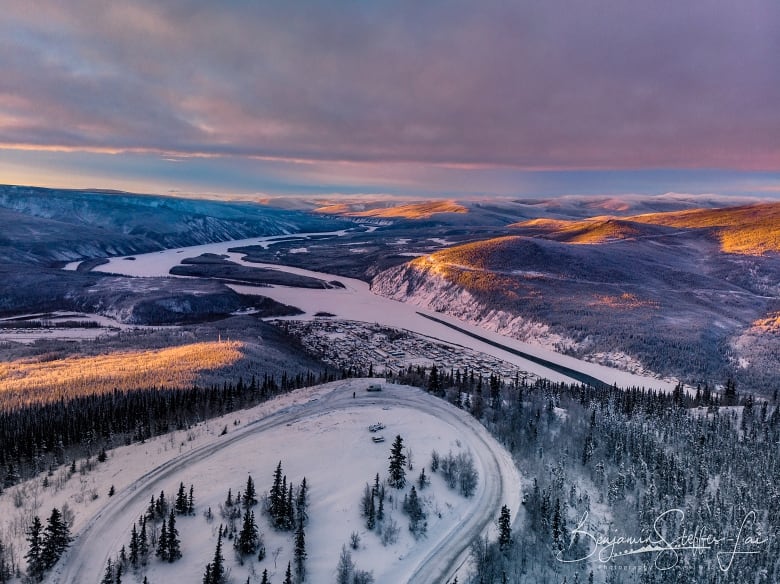
‘Little doubt’ climate change a factor: report
The anticlimactic breakups seem to point to a warming climate. But residents also say the shape of the river itself is changing.
Duncan Smith, who moved to West Dawson from Toronto a few years ago, says silt and earth have been eroding off the mouth of the Klondike River in recent years, forming a sandbar on the riverbed. Ice then gets caught on that sandbar.
“It’s been this screwy thing that seems to be the new norm, where the ice just happens to jam just upstream of town instead of just downstream of town,” said Smith.
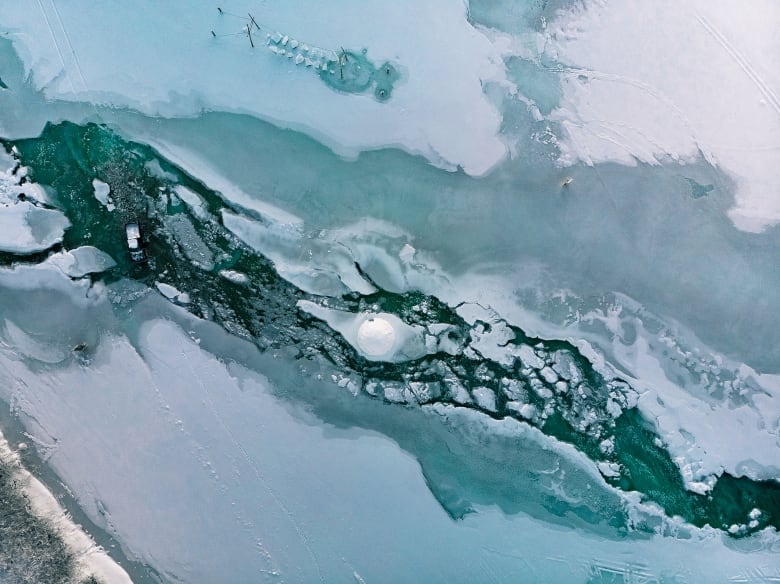
The resulting ice jam forms an open lead of water, where ice would have previously settled into place — right by the designated site for the ice bridge.
“It’s the biggest open lead for like 50 miles up or down river. It’s just rather bad luck,” said Smith.
The NRCC report also identified the ice jam, sandbar and warm effluent from a nearby wastewater treatment plant as possible causes for the lack of ice at the designated crossing.
The report further said there is “little doubt” climate change could be a contributing factor, but noted more research is needed before definitively declaring any of these factors to be affecting the ice bridge formation.
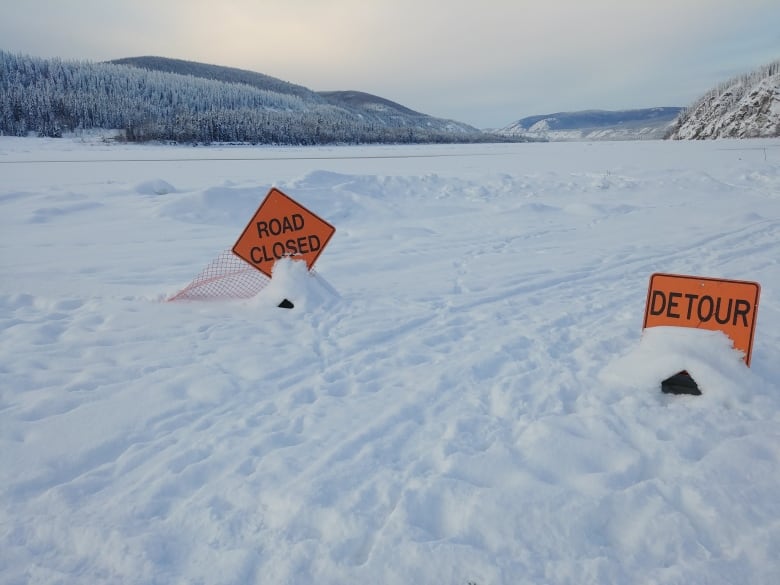
“We can debate the classification of man-made climate change, but all you have to do is look out at the weather we’re seeing here — this winter across the territory,” said Mostyn.
“It’s not the winters I saw 20 years ago. It’s different. And that difference is having profound implications on our territory [and] on our territory’s transportation systems.”
Yukon’s Department of Highways and Public Works says it is still assessing options for the ice bridge next winter, and doesn’t have a definitive answer about whether it will consider changing its location.
In the meantime, West Dawson’s denizens hesitate to permanently move across the river to Dawson City, even if it means avoiding being stranded throughout the winter.
To Caveman Bill, the isolation is the reason why he moved here in the first place.
“One of my favourite times a year is freeze-up, when the river freezes up and all of a sudden, all the trouble and hustle and bustle of town just goes away.”
Related stories from around the North:
Canada: Canadian Inuit organization launches climate change strategy, CBC News
Finland: Youth pledge to plant 100 million trees at climate summit in Helsinki, Yle News
Norway: Temperatures on Svalbard have been above normal for 100 straight months, The Independent Barents Observer
Russia: Warmest winter ever on the Northern Sea Route, The Independent Barents Observer
Sweden: Spring in Sweden begins a week earlier than 100 years ago, scientists say, Radio Sweden
United States: Sea levels could rise by up to 2 metres by 2100, new study finds, CBC News

